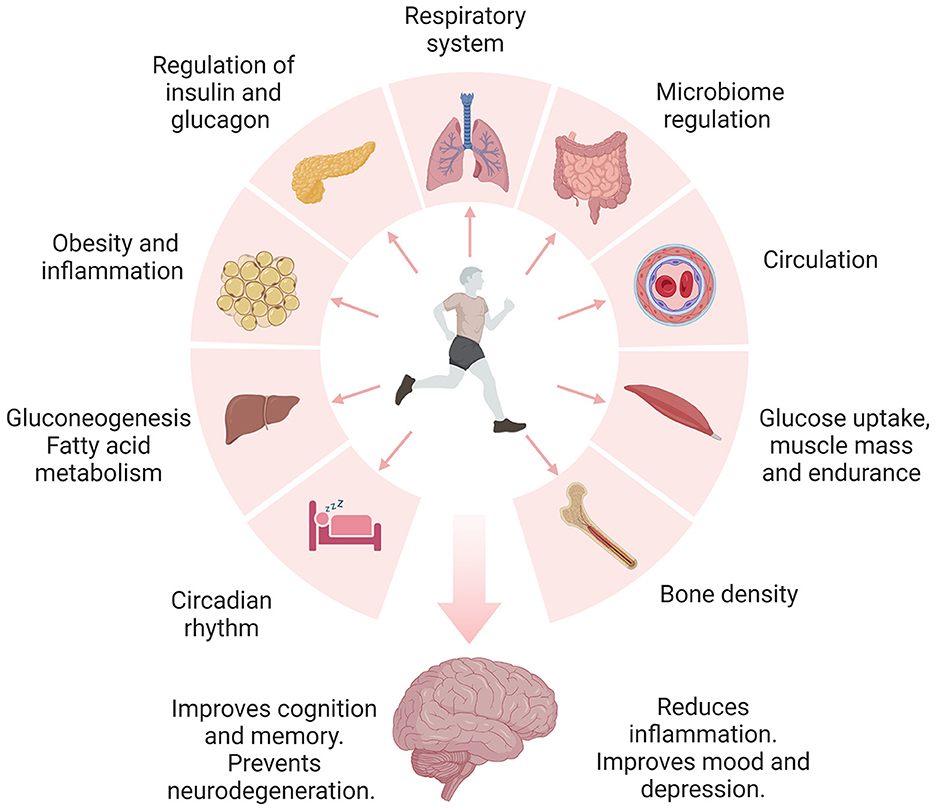
How a Simple Muscle Test Could Forecast Memory Loss Years in Advance
A groundbreaking study from Japan’s Doshisha University has revealed an unexpected and potent tool that may assist in identifying early cognitive decline—well before any symptoms manifest. Researchers discovered that assessing something known as “phase angle” in muscles could act as an early warning indicator for memory loss and even dementia.
In contrast to conventional methods, which emphasize brain imaging or memory assessments after symptoms develop, phase angle can be swiftly and painlessly assessed using a device akin to a bathroom scale. This innovation has the potential to transform standard health screenings and offer crucial lead time to avert or mitigate cognitive decline.
The Muscle-Brain Link
The research, spearheaded by Dr. Kentaro Ikeue, involved 263 adults aging from their 40s to 80s. Participants underwent a variety of muscle evaluations, including muscle mass and grip strength, but the researchers identified phase angle as the most indicative in relation to cognitive abilities.
Phase angle is gauged using bioelectrical impedance analysis (BIA), a method that transmits a harmless electrical current through the body. The outcome provides insights into cellular health, particularly the condition of muscle cell membranes and the fluid balance inside and outside the cells. A higher phase angle signifies healthier, optimally functioning cells.
The results were astonishing: women with elevated phase angles had a 72% decreased risk of developing mild cognitive impairment (MCI), a state viewed as a precursor to Alzheimer’s disease and various dementias. Additionally, enhanced memory performance was linked to higher phase angles in both genders.
Memory as the Indicator of Cognitive Issues
Memory loss typically serves as the first indicator of cognitive difficulties, yet it frequently goes unnoticed until several years of brain alterations have already taken place. This makes the identification of a muscle-associated marker like phase angle especially vital.
“This offers us a straightforward, non-invasive method to recognize individuals who might be at risk long before cognitive symptoms are evident,” stated Dr. Ikeue.
Key Findings at a Glance:
– Women with heightened phase angles demonstrated a 72% lower risk of mild cognitive impairment.
– Memory results correlated with phase angle across both genders.
– For women, a higher phase angle was also associated with improved language, executive functioning, and attention.
– Traditional markers like muscle mass and grip strength were less indicative of cognitive health.
– Associations held significant relevance irrespective of age variations.
A Gender-Specific Link Between Muscle and Brain
One of the most intriguing insights was the gender-specific aspect of the muscle-brain relationship. While men mainly exhibited memory-related advantages from higher phase angles, women demonstrated a considerably broader range of cognitive enhancements—including attention span, executive functioning, and verbal skills.
“Muscle quality seems to be more tightly connected to cognitive performance in women,” remarked Dr. Ikeue. This might be attributed to sex-specific biological factors such as hormone levels or differences in muscle composition, though further investigation is required to arrive at definitive conclusions.
The Hidden Messaging of “Myokines”
What connects muscle tissue to brain well-being? One possible explanation resides in myokines—hormone-like proteins released by muscles during physical activity or metabolic activities. One particular myokine, irisin, has been indicated to foster learning and memory, with past studies linking irisin levels to Alzheimer’s risk in women.
If phase angle serves as an indirect gauge of the muscle’s capacity to generate beneficial myokines like irisin, it could elucidate why it stands as a robust predictor of cognitive function. In this perspective, it is not merely muscle strength or volume that counts; it is the quality and metabolic fitness of the muscle.
Why BIA and Phase Angle Are Relevant in Medical Contexts
Bioelectrical impedance analysis is not a novel concept—numerous fitness centers and home scales currently apply it for body composition assessments. However, its capacity to evaluate cellular health and anticipate future cognitive abilities introduces a new dimension of usefulness.
Measuring phase angle takes mere seconds and does not necessitate extensive physician training or costly scanners. By incorporating phase angle metrics into routine health checks, especially for individuals over 40, healthcare providers can identify those at greater risk and suggest early actions such as increased physical activity or nutritional adjustments aimed at enhancing muscle and cellular health.
Limitations and Future Directions
The study was observational and confined to a Japanese demographic, implying that its results may not universally apply to all global populations. Additionally, since the findings were based on a singular point in time, longitudinal studies are required to verify that improving phase angle over months or years indeed correlates with diminished cognitive decline.
Nonetheless, the implications are unmistakable: enhancing muscle quality—through exercise, dietary changes, or other interventions—could significantly influence dementia prevention, particularly among women.
Looking Forward
Emerging research reinforces a growing agreement that brain health is not solely a matter of mental processes. It is intertwined with the entire body in intricate, dynamic ways—particularly the muscles. As scientists continue to probe these connections, tools like phase angle measurement may become essential components of early-intervention approaches.
With Alzheimer’s and dementia affecting millions globally, pinpointing at-risk individuals is paramount.